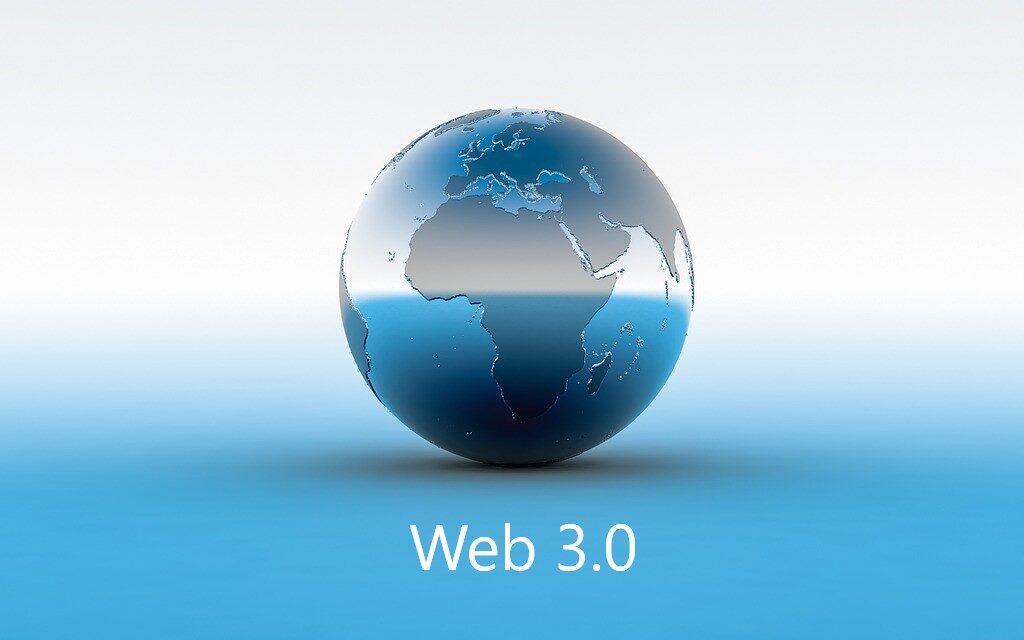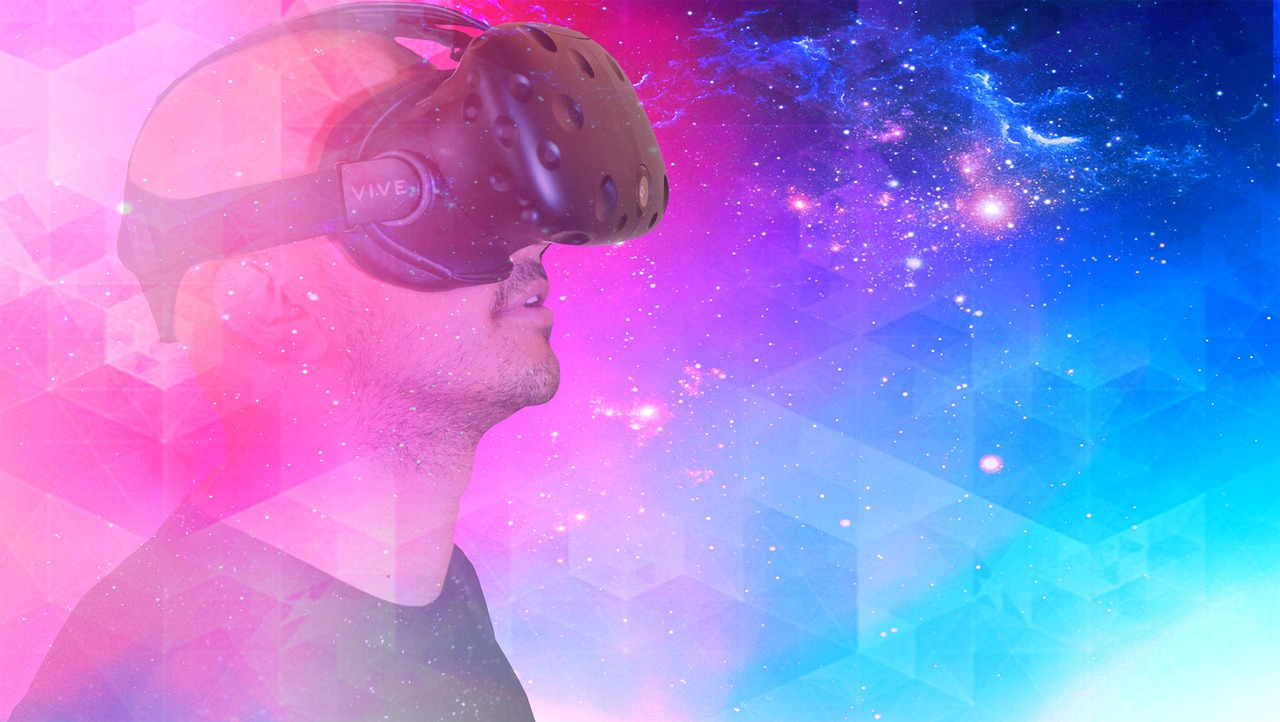
Web 3.0 And The Metaverse
The terms “Web 3.0” and “metaverse” have piqued the interest of technology experts, but what exactly are they, and what does it mean for the future computing decade? The immersive 3-D experience offered by Web 3.0 includes virtual reality environments that allow people to explore, shop, play games, spend time with friends far away, attend concerts, or even hold corporate meetings. The Metaverse is the next generation of social networking, and your Metaverse identity is directly linked to the cryptocurrency wallet you use to connect. All of a user’s digital assets (collectibles, cryptocurrencies, and so on) and in-world progress are stored in their cryptocurrency wallet.
So, what exactly is Web 3.0?

The Semantic Web was expected to be the next generation of the internet a few years ago -a web where machines process information in a human-like manner. For a lot of reasons, the Semantic Web did not take off. The RDF (Resource Description Framework) technology couldn’t tell the difference between a cloud (atmosphere cloud) and a cloud (cloud as technology). Understanding the context in which it is being explained is the only way to discern the difference.
Consumers who heard about Web 3.0 were 81% more inclined to believe that it would make them happier and prosperous.
While Web 3.0 is not the Semantic Web, it is in many respects similar to his original web, where ” It is not necessary to obtain authorization from a central authority before posting something.”. Data decentralization and a transparent and secure environment will be enabled by the rise of technologies such as distributed ledgers and blockchain storage. Individuals will be able to own their data because of decentralized infrastructure and application platforms, which will displace centralized tech companies. Recurring disruptions, which have become the standard in Web 2.0, will vanish when decentralization allows for transparent, opt-in, peer-to-peer connections, allowing people to take control of their valuable time.
To summarize, Web 3.0 will make the internet more equitable by allowing individuals to be autonomous. Web 3.0 is significant as it allows companies to cut out the intermediary and connect computers directly, streamlining operations.
Contextualized knowledge-based search
Web 3.0 systems look for contextualized knowledge to support individuals with their tasks, pointing to a series of analyses and possibly useful data. One of the distinguishing features of a Web 3.0 search engine is the amount of time a user must spend navigating through a pool of data in order to discover what he or she is looking for.
Wolfram Alpha and Apple’s Siri, for example, are Web 3.0 programmes that can synthesize enormous volumes of data into knowledge and helpful actions for people. We may compare Wolfram Alpha with Google by utilizing both tools and typing the phrase “Australia vs. England” into both search engines, and we can find significant disparities in the results:


As can be seen from the results of a Google search, most of the results relate to cricket matches between Australia and England. There was no mention of the words “cricket” or “games” in the search.
When Wolfram Alpha performs a search, it considers it to be a comparison between two countries and therefore draws organized statistics, historical information, geographic data (maps), demographic information, and linguistic information useful for comparison analysis.
Siri, on the other hand, employs speech recognition and artificial intelligence to deliver results and conduct tasks.
Indian venture capital firms have committed more than $150 million over the next three years to promote Web 3.0 enterprises in India.
In Nutshell
The Internet begins to provide users with more knowledge and action capacity, resulting in significant changes in a variety of facets of daily life. In this new age of the internet, business is becoming faster and more dynamic as the ability to act and gain knowledge is democratized. Innovative minds, whether businesspeople, legislators, or scholars, should recognize this new vista of possibilities and be ready for the next generation of businesses. Executives who do not keep up with the growth of their industry may expose their companies to dangers of becoming obsolete or irrelevant when breakthroughs occur.
Understanding Metaverse

Magic is possible in metaverse
The metaverse is three-dimensional, whereas the modern internet experience is two-dimensional—that is, you surf and scroll across it on a screen. Using connected headphones or glasses, you’ll be able to “walk” through it. The metaverse is a virtual or augmented reality-based next-generation version of the internet.

Mirrorworld
Prepare to see your digital replica, as well as the digital replica of your home, country, workplace, and life. A mirrorworld is a digitally produced representation of the real world in which virtual replicas of real-life people, locations, and things exist. Metaverses could either be designed to accurately reflect the real world or they could be entirely imagined worlds similar to what one finds in a video game. Agents like as Siri and Alexa will take on 3D forms that can see and be seen inside the mirrorworld. Everything online will be connected to the mirrorworld. And everything in this networked environment that is connected to the mirrorworld will see and be seen by everything else.

Skeuomorphic design
A skeuomorph is a derived object that keeps decorative design attributes from the original structure. Skeuomorphism serves as a link between two different worlds. It is a design concept that focuses on enhancing the user experience with aesthetics. Providing objects of familiarity eases transitions between what is and what will be. The majority of skeuomorphs in Metaverse design come from video games. Metaverse design requires an examination of why things are constructed the way they are, and how we can shape our virtual realities to be more beneficial than our non-virtual realities.

Avatars
Avatars are indispensable to the metaverse. As part of Facebook’s metaverse, users can expect highly realistic 3D avatars rendered using artificial intelligence, sophisticated modeling techniques, and electromyography to recreate human movements and facial features accurately. Your avatar’s appearance in the virtual world might be as similar as or as distinct as your real-world appearance. Avatars serve a similar function to SSO credentials in the metaverse, granting users access to everything the world has to offer. Meta is developing physics-based avatars that will most likely employ wearables to acquire and use data about the human anatomy.
Today, I think we look at the internet, but I think in the future you’re going to be in the experiences.
Mark Zuckerberg, CEO Facebook
A wide range of opportunities across industries and countries
The benefits aren’t limited to business-to-consumer environments. For B2B companies, the metaverse will be a huge opportunity. Metaverse has the potential to open up global markets for consumers in emerging and frontier economies. Virtual reality environments will become a low-cost and effective means to obtain training. As the metaverse develops, it is expected that more firms will seek to create a presence in this virtual realm.
Opportunities to collaborate and network
B2B organizations can now explore potential to create face-to-face client interactions thanks to the rise of metaverse technologies. Co-branded experiences are a great way for non-competing brands to reach the same audiences and leverage audiences across multiple channels by running in metaverses. Among the branded experiences that could be offered – Product announcements, Product showrooms, company updates & networking events..
Immersive, interactive customer experiences
Traditional means of advertising, such as logos or billboards, may struggle to compete with the expanded interactions on the metaverse. Visually immersive workspaces make it much easier for sales teams to more effectively communicate complex issues with customers.
A new marketing and advertising opportunity
Using the metaverse, advertisers will be able to track traffic and invest smartly due to its unique advertising formats with full marketing attribution. Companies can support metaverse contests or generate tailored marketing to entice more customers. In the metaverse, brands can create interactive stories, let users interact with their products, and eventually make a purchase – all without ever leaving the metaverse.
Revenue growth and ROI
By implementing a digital strategy that includes metaverse, B2B enterprises may access new markets and establish new revenue streams. The metaverse has the power to stimulate sales productivity. The auto industry, as well as lifestyle and fashion, have emerged as early metaverse adopters. Because of its infancy, few criteria for measuring return-on-investment have been developed. The industry currently employs cost per experience (CPE), owing to the fact that infrastructure costs per user are higher in the virtual world than they are in the digital world.
Productivity gains for employees
Employees can learn new skills faster via metaverse-based training simulations. Avatars can also be used by customer care personnel to provide real-time assistance. Employee coordination and interaction could potentially benefit from this technology. Remote workers may now meet in a virtual area to brainstorm projects, exchange ideas, offer advice and guidance.
Cost savings on travel
B2B companies with a wide range of clients can save money on travel by using the metaverse. There’s no requirement to plan flights or spend for hotels when you attend a metaverse meeting. This is not only cost-effective and environmentally beneficial, but it also protects individuals from unnecessary dangers in the current climate of periodic pandemic outbreaks. Furthermore, it helps employees free up their time for other tasks.
Final Thoughts
In the midst of many new metaverse players drawing their visions of the future, it is important that decentralization and user ownership are prioritized, and this can be achieved by leveraging Web 3.0’s set of guidelines and rules. Both Web 3.0 and the Metaverse technologies complement one other nicely.
With the adoption of decentralized solutions in the creator economy of the Metaverse, a whole new financial world can be created and introduced to Web 3.0. Despite the impressive growth of NFTs, P2E games, and DAOs recently, the Metaverse still has a long way to go in terms of developing technology that will make a fully immersive metaverse experience possible. Through the Metaverse of Web 3.0, an open and decentralized world reality will be revealed throughout the virtual world. From enhanced customer experiences to increased sales and productivity, these technologies can benefit companies of all sizes.



1 Comment
Comments are closed.